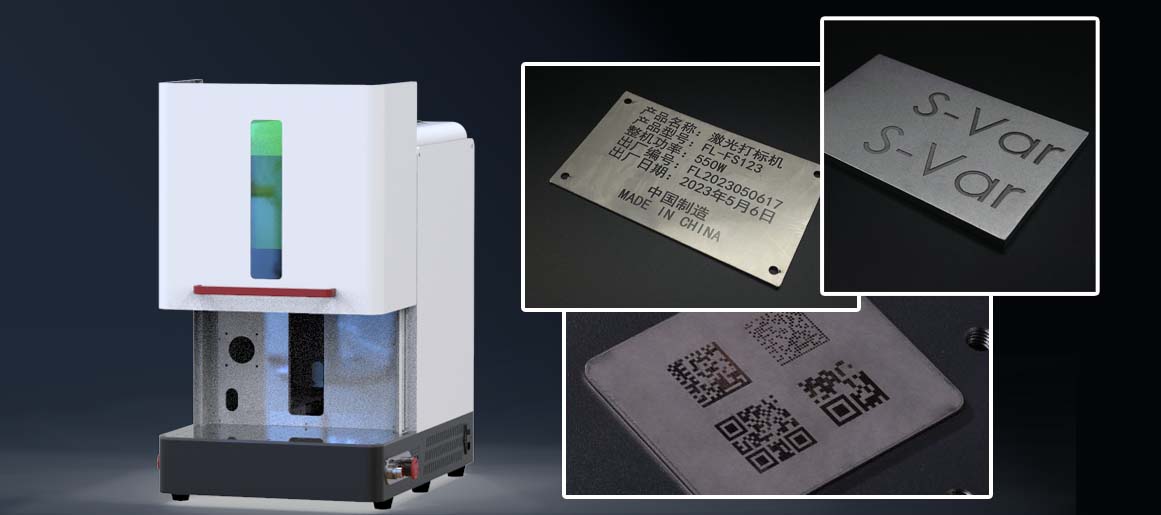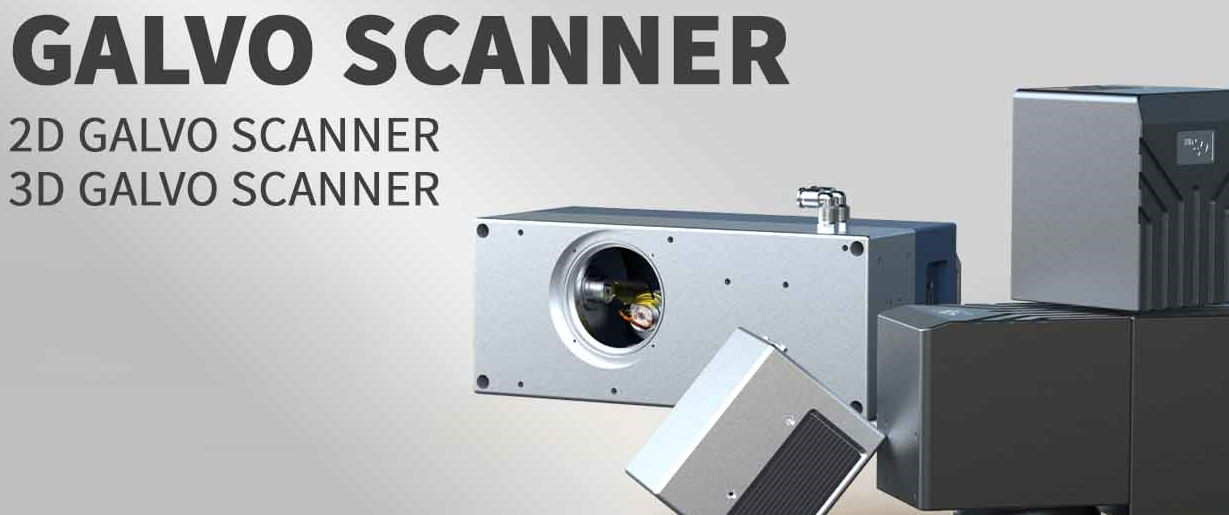
Introduction
In the manufacturing of new energy power batteries, each cell can now be fully traced throughout its lifecycle — from raw materials to assembly, production, and after-sales — all through a tiny QR code. This code serves as a vital data interface in intelligent manufacturing, ensuring quality control and traceability across the production line.
Most power battery shells are made of pure aluminum. Traditional Q-switched lasers used for white marking often suffer from unstable recognition, while MOPA lasers used for gray marking create depth and cannot be easily modified. As a result, the industry has been seeking a solution that delivers high efficiency, excellent readability, and flexible re-marking capability.
01. A New Breakthrough: Fiber Picosecond Laser Black Marking Solution
To address these challenges, the new fiber picosecond laser black marking technology provides a faster, cleaner, and more stable solution for aluminum battery shell QR codes. Designed specifically for traceable black marking, this system achieves superior quality with precision and repeatability.
Key performance highlights include:
Beam quality: M² < 1.4
Pulse duration: <20 ps, adjustable 2–500 ns
Peak power: up to 200 kW
Compact air-cooled design, universal control interface
Thanks to the ultra-short pulse width and high peak power, this technology can complete a full black-on-white QR code in just 1.48 seconds, consistently reaching Grade A readability. The surface remains smooth and touch-free, allowing the code to be erased and rewritten without damaging the substrate. This solution is perfectly compatible with high-speed automated production lines in the power battery industry.
02. Why Choose a Picosecond Laser? Four Key Advantages
1. Sharper Codes, Easier Scanning
The ultra-short pulse duration and high peak power create high-contrast black markings with crisp edges and stable structures. Even standard industrial scanners can easily achieve Grade A recognition under high-speed conditions.
2. Non-Contact Black Marking, Erasable and Rewritable
Picosecond lasers produce minimal thermal effects — no substrate damage, no surface dents, and no tactile change. QR codes can be erased and re-engraved when data changes are needed, offering high flexibility and improved yield in mass production.
3. Faster Marking, More Stable Production
In real-world tests, a “10×7 visible code + Data Matrix code” format can be completed in 1.48 seconds, compared to about 6 seconds using traditional nanosecond lasers — a 50% improvement in efficiency. This dramatically shortens cycle time and increases production line throughput.
4. Wide Compatibility and Large Processing Area
With adjustable pulse width (2–500 ns) and excellent beam quality, picosecond lasers maintain uniform gray scale and stable quality even on large-format and multi-position marking surfaces. The technology integrates seamlessly with automated production systems used in modern battery manufacturing.
03. Verified Results: Fast, Stable, and Grade A Quality
Through optimized waveform control and parameter tuning, fiber picosecond laser marking achieves an ideal balance between speed and clarity on aluminum surfaces. Testing results demonstrate consistent Grade A QR code readability, with smooth, burr-free, and oxidation-free surfaces even under high-speed operation.
This ensures stable performance and reliable identification for each battery cell, meeting the strict quality requirements of the power battery industry.
Conclusion
With the growing demand for traceability and automation in power battery manufacturing, fiber picosecond laser marking provides a next-generation solution for high-speed, high-precision, and flexible black marking on pure aluminum shells.
Its advantages — fast processing, no-touch marking, rewritability, and excellent contrast — make it the ideal technology for intelligent production lines. As laser processing continues to evolve, this new marking method is set to redefine quality standards in the energy and manufacturing sectors.







